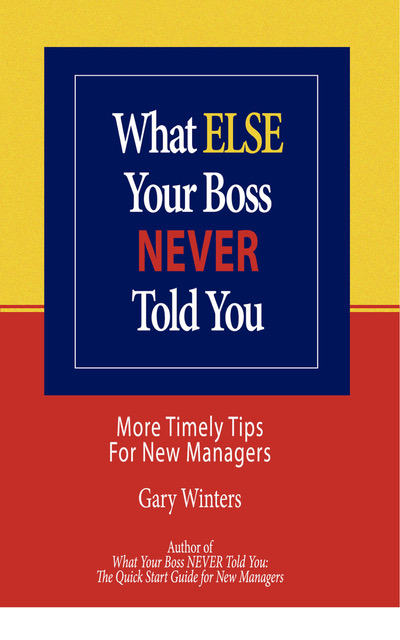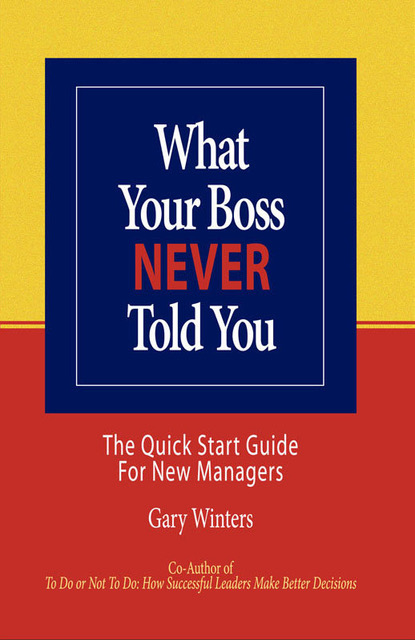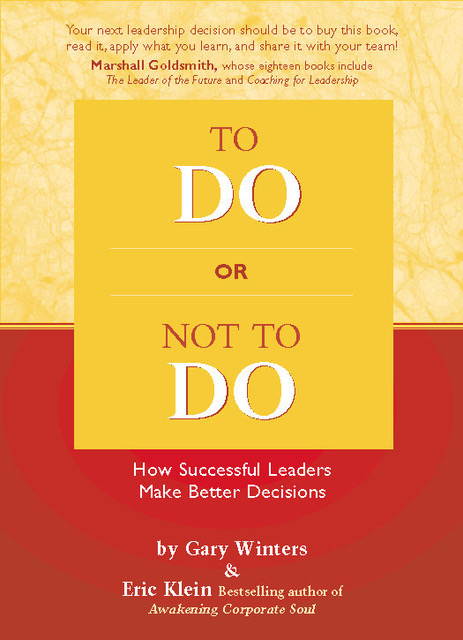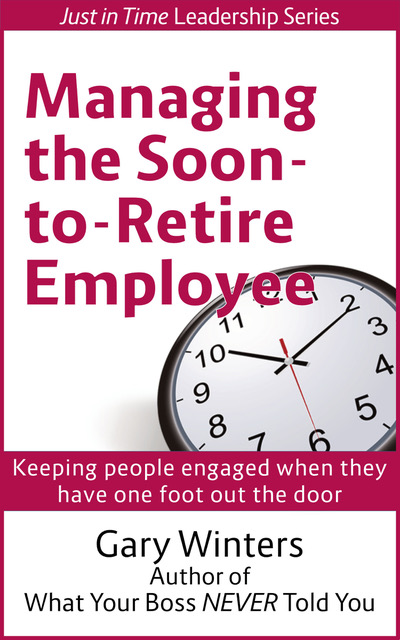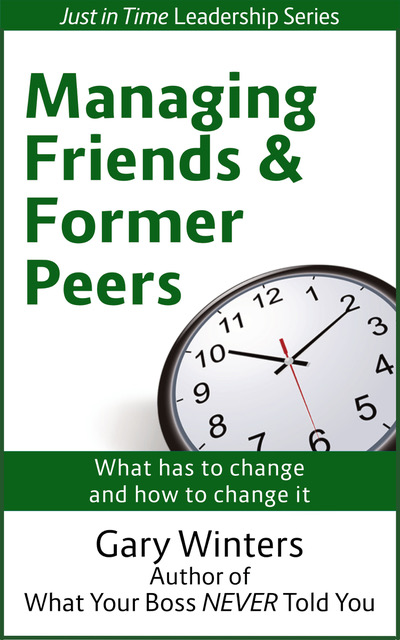 Most leadership gurus talk a lot about what you should do to be effective with others. I’m going to offer this short-and-sweet list to remind you of things that you shouldn’t do if you want people to follow you.
Most leadership gurus talk a lot about what you should do to be effective with others. I’m going to offer this short-and-sweet list to remind you of things that you shouldn’t do if you want people to follow you.
In no particular order…
- Don’t pretend to listen to them. Slow down, be quiet, and focus on what they’re saying.
- Don’t “delegate” things that are just tasks you don’t feel like doing.
- Don’t have two sets of standards – one for you, and one for everyone else. If you expect them to be to work at time, be at work on time.
- Don’t have a go-to employee with whom you share otherwise confidential information.
- Don’t reprimand your people in public. Find a place that’s private and confidential.
- Don’t make everything all about you – make it all about them.
- Don’t take them for granted.
- Don’t assume they’re always going to be enthusiastic, upbeat, confident or eager to take on the next challenge. Expect them, just like you, to have bad days, be off their game occasionally, or be distracted by a personal issue.
- Don’t expect them to share your enthusiasm about the latest change in policy or priority, just because you think it’s a great idea. Give them time to wrap their brains around it.
- Don’t expect them to get over it when something unpleasant happens, especially if you’re not willing to let them talk it through.
- Don’t neglect their personal lives. While you don’t have to be too personal, show some interest in the things that are important to them outside work.
- Don’t make them sit through never-ending meetings that aren’t engaging, aren’t moving the ball forward, and appear to just be vehicles for you to pontificate your “view from the bridge.”
Last but not least, don’t ignore red flags when you see them.
If you are beginning to wonder if you have a conflict that needs to be addressed, a morale issue, or an elephant in the room, put it on the table and deal with it. If you’re wrong and there’s no issue, this will take about 3 minutes. If you’re right, it’s far better to nip it early than to wait until it’s grown into something much worse.
This article is part of a series of 26 posts for the month of April called “Blogging from A to Z,” an idea first suggested by Arlee Bird of Tossing It Out.

